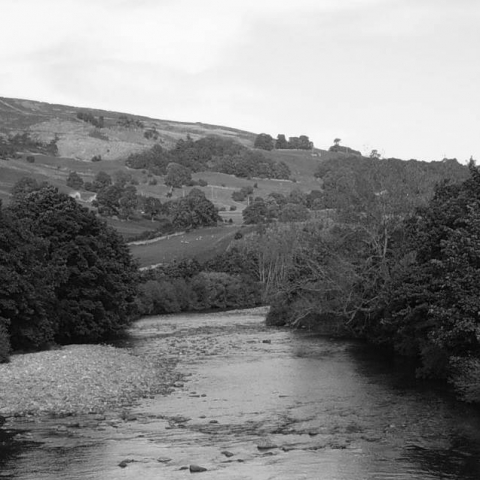Biodiversity and Habitats
Biodiversity refers to the variety of all life present in the natural world. This variety exists at many different levels, including within a species or population (genetic diversity), within a habitat (species diversity) or even across several habitats (ecosystem or habitat diversity).
Issues surrounding biodiversity and habitat conservation are a cross-cutting feature of RPA’s work and a key consideration in several work areas including managing water, marine and coastal environment, flooding and erosion, land use and agriculture, and energy and climate change.
Biodiversity features as one of the key criteria for assessment when identifying the likely effects of policy options and legislative changes. As such, when undertaking impact assessments (of policies, programmes or projects), consideration must be given to the potential impacts of options on biodiversity. Consideration here may be given to the possible effects on genetic diversity and whether this is expected to be positively or negatively affected under a particular option for a change in management/policy. When investigating a defined case study area, the focus may be on the potential impacts of a scheme on a particular habitat or even species. Special consideration may be given to sites which are officially designated owing to their high biodiversity value, whether these designations are international (e.g. Ramsar sites), national (e.g. Sites of Special Scientific Interest or SSSIs) or local (e.g. Local Nature Reserves).
RPA regularly uses environmental economics to assess and monetise (where possible) the likely impacts of programmes, policies and projects that affect biodiversity and habitat quality. Assessments often involve the use of the ecosystem services framework to ensure that environment-related impacts are properly assessed and considered. We have successfully applied economics and ecosystem services approaches to a large number of issues/impacts, including in the assessment of options for limiting the nitrate input to specific catchments containing conservation designations including Special Protection Areas (SPAs) and on schemes designed to decrease the heavy metal loading in waterbodies to below the WFD Environmental Quality Standard (EQS).
Recreational benefits assessment is also an important tool in our work. An improvement (or a deterioration) in biodiversity or habitat quality may be linked to an increase (or decrease) in recreational enjoyment from the area. This may include informal recreation (such as walking alongside a waterway) or formal recreation (such as in-stream activities like canoeing). The quantification of environmental and recreational benefits (or costs) likely to result from changes in biodiversity and habitat quality is an important means of ensuring that the full value of biodiversity is incorporated into decision-making to the extent that is possible.
If you would like further information, please contact our experts below.





